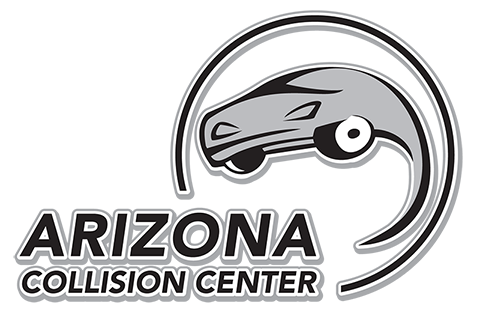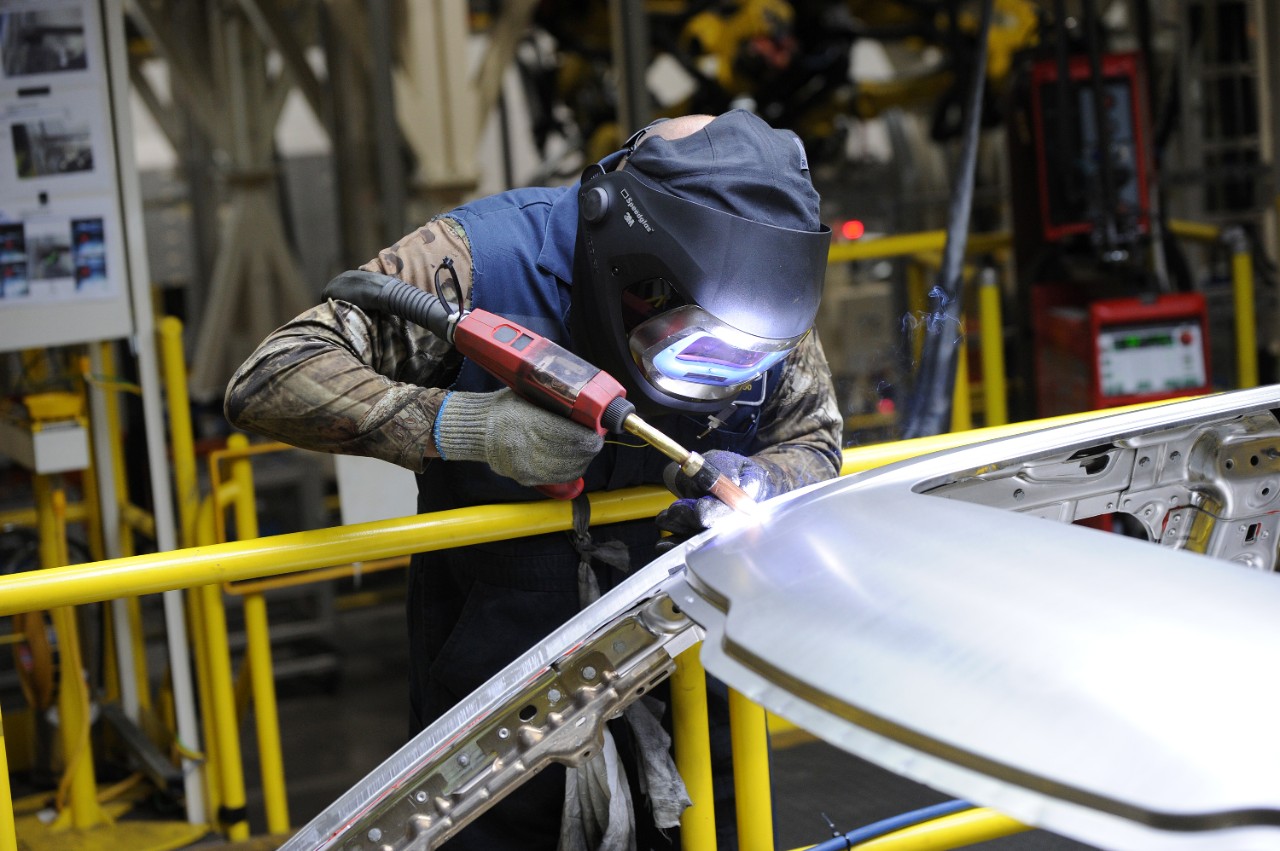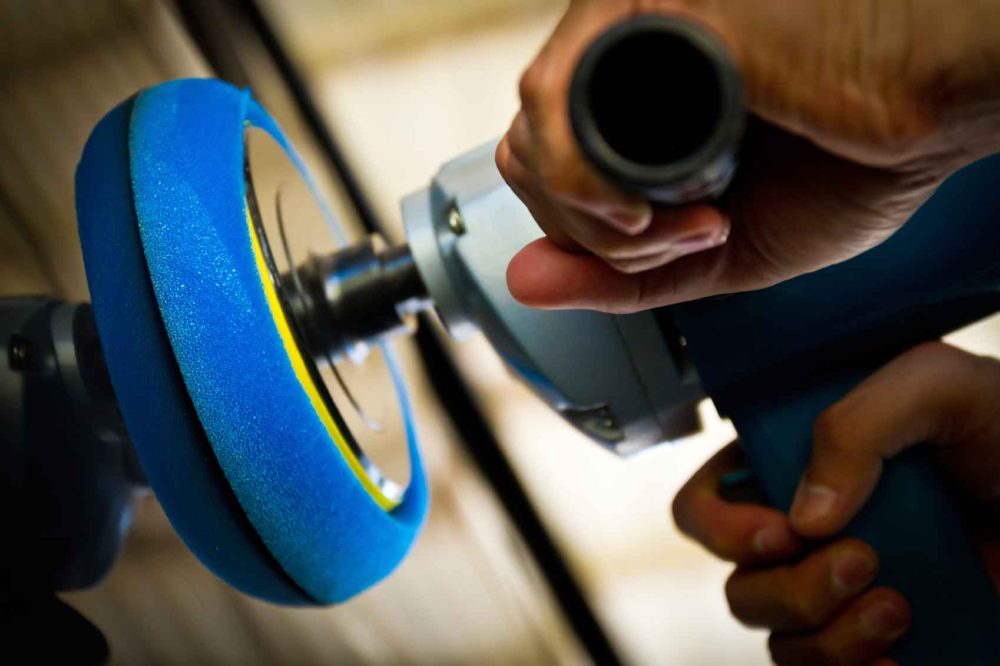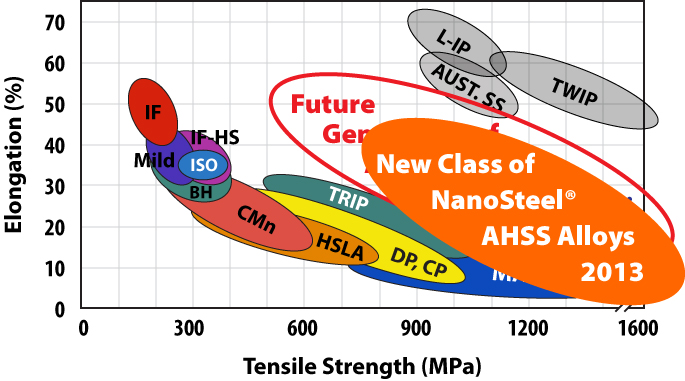Arizona Collision Examines Weld Bonding Techniques
The last time you had your vehicle serviced, did you ever wonder about some of the techniques that our Arizona Collision technicians use during most collision repairs? You will not have to wonder much longer because today we are going to briefly review one repair technique that can create a smooth, long-lasting repair for an even stronger vehicle than it was during its pre-collision condition. Check out what we have to say about weld bonding and the positive effects it can have on a vehicle’s joint parts.
ABOUT WELD BONDING
Weld bonding has been a commonplace repair technique for shops like Arizona Collision for nearly two decades. When performed properly, the technique can, as we stated earlier, create an incredibly strong joint repair on a vehicle, at times better than before a collision occurred. This is done by combining the processes of adhesive bonding (essentially gluing together parts) and resistance spot welding (which welds parts together in small spots than the entire joint) into one technique that creates a significantly stronger attachment than either on their own.
THE WELD BONDING PROCESS
In the first part of the weld bonding process, a quality, structural metal adhesive that can withstand future crashes is applied to join the two parts together. On its own, the structural metal adhesive, as opposed to an acrylic, is strong and will not corrode over time and can be welded through without damage to the glue.
Once the adhesive cures, the technician (whether with Arizona Collision or another local body shop) will begin the spot welding process. This step uses a squeeze-type resistance spot welding technique in which two electrodes clamp the metals together then send enough heat through an electric current to weld together one spot at a time. This method better replicates the welding done during the vehicle’s original assembly, which is similar to riveting, than by using a metal gas welding technique. It also prevents other parts from excessive heat damage in the original parts that could also lead to corrosion from the porous surfaces created with the gas welding.
IS WELD BONDING RIGHT FOR YOUR VEHICLE?
By combining the adhesive and spot welding methods, it creates an incredibly strong joint that would be able to withstand any future collisions and reduces the need for future repairs to that part. However, the question remains: does your vehicle require this method during a repair at Arizona Collision?
That depends on where the repair is needed and the extent of the damage. Although no industry standards exist as to exactly when to use weld bonding for a repair, so most body shops rely on information provided by the vehicle manufacturer for individualized repair techniques. In most cases, however, any steel-to-steel bonding (the materials used in most vehicle manufacturing) will make for a perfect weld bonding scenario as long as the technician completes the method correctly.
The next time your vehicle is in dire need of a repair and may require welding, be sure to bring it to Arizona Collision for an assessment and estimate.






No Comments
Sorry, the comment form is closed at this time.